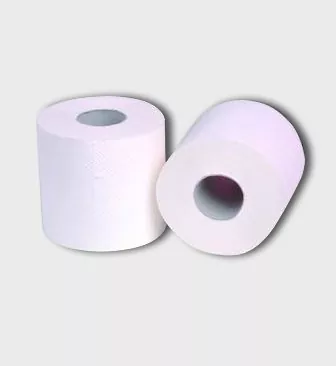Understanding Sanitary Paper: A Daily Essential with a Big Impact
2025-04-29
Sanitary paper is something most of us use every day without giving it a second thought. From toilet tissue to facial wipes and paper towels, these disposable hygiene products play a crucial role in modern cleanliness and convenience. But what exactly is sanitary paper, how is it made, and why is it so important in both domestic and commercial environments?
What Is Sanitary Paper?
Sanitary paper refers to a range of soft, absorbent, and disposable paper products specifically designed for personal hygiene, cleaning, and sanitation. It includes:
- Toilet paper
- Facial tissue
- Paper towels
- Napkins
- Sanitary wipes
These products are manufactured with strict hygiene standards to ensure they are safe for direct contact with the skin and effective in maintaining cleanliness.

How Sanitary Paper Is Made
The production of sanitary paper typically involves the following steps:
1. Raw Material Selection
Sanitary paper is usually made from virgin wood pulp, recycled paper, or a blend of both. The pulp is processed to be soft, lint-free, and absorbent.
2. Pulp Processing
The pulp is cleaned, bleached (if white tissue is desired), and mixed with water to create a slurry. It’s then spread onto a flat wire screen where water is drained.
3. Drying and Pressing
The paper is pressed and dried using heated rollers or air dryers to remove moisture and achieve the desired thickness and texture.
4. Rolling and Cutting
The dried paper is rolled into large reels, then cut, embossed, and packaged into the final product form—rolls, sheets, or folded packs.
Types of Sanitary Paper and Their Uses
- Toilet Paper
Designed to be soft, biodegradable, and easily flushable. Available in 1-ply to 4-ply options for varying levels of comfort and durability.
- Facial Tissues
Soft and gentle on the skin, ideal for wiping the nose or removing makeup. Many are treated with lotion or aloe for extra comfort.
- Paper Towels
Made with high absorbency to quickly soak up liquids. Commonly used in kitchens and cleaning tasks.
- Napkins
Used in dining settings for personal hygiene during meals. Available in various sizes and ply.
- Wet Wipes/Sanitary Wipes
Often pre-moistened with cleansing agents. Used for baby care, makeup removal, and general personal hygiene.
Why Sanitary Paper Matters
1. Hygiene and Health
Proper use of sanitary paper helps prevent the spread of germs, particularly in shared environments like public restrooms, offices, and schools.
2. Convenience
Lightweight, disposable, and easy to store, sanitary paper products are a practical solution for on-the-go cleanliness.
3. Environmental Responsibility
Many manufacturers now produce eco-friendly sanitary paper from sustainably sourced pulp or recycled content, and offer biodegradable or compostable options.
Choosing the Right Sanitary Paper
When selecting sanitary paper products, consider the following:
- Ply count and thickness: For comfort and durability
- Softness and texture: Especially important for facial tissues and toilet paper
- Absorbency: Crucial for paper towels and napkins
- Eco-certifications: Look for FSC, PEFC, or recycled labels for sustainability
Sanitary paper is more than just a disposable product—it’s a daily necessity that supports public health, hygiene, and convenience in every setting. As consumer awareness grows, so does the demand for sustainable, high-quality sanitary paper that meets modern expectations for both performance and environmental responsibility. By understanding the types, uses, and benefits of sanitary paper, you can make smarter choices that contribute to a cleaner and healthier world.


